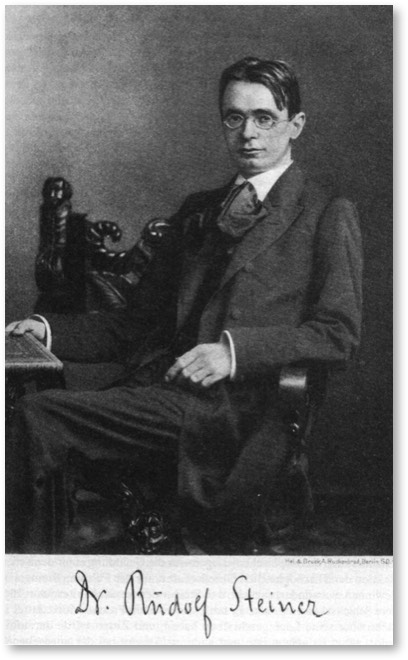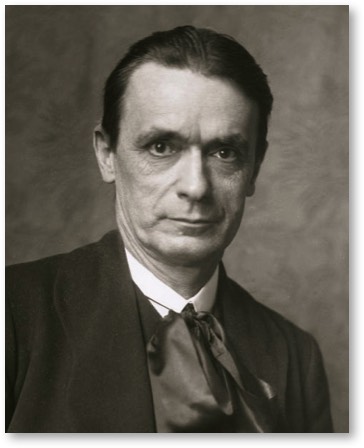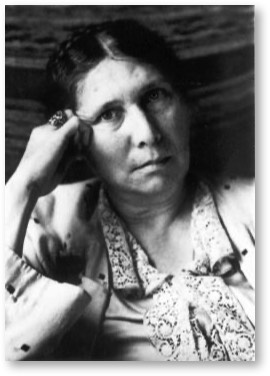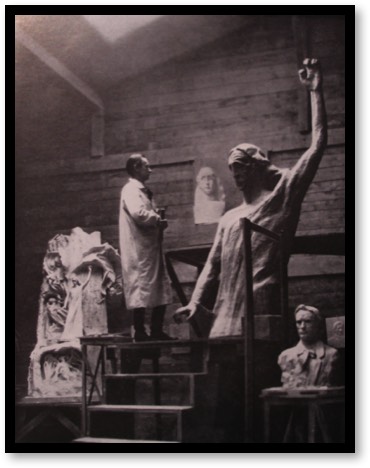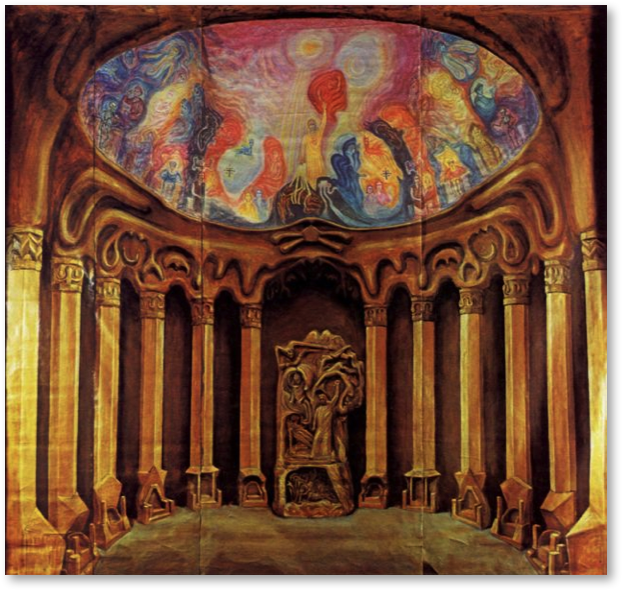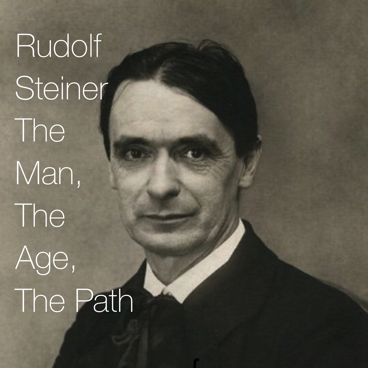
A Streaming Online Course With Eugene Schwartz
Eleven Lectures plus Diagrams and a Video
Choose Any 12-Day Period
Fee: $200.00
-
Read More About the Course
- Over the years, Eugene has revised and refined the original lectures. Although their overall content is concerned with timeless truths, these lectures speak to contemporary concerns as well.
This online course contains twenty-four hours of audio and visual content, divided into short, 15 to 30-minute segments that you may pause at any time. The segments may be listened to or watched as often as you wish during your twelve days online.
Although these presentations can serve as an introduction to the life and work of Rudolf Steiner, long-time students of Anthroposophy will find new insights as well.
How The Course Works:
Once you have registered and received your Passcode, all the content of the Rudolf Steiner Course is available to you 24/7 for 12 days and nights. You can listen to the lectures in any order, pause or repeat them as you choose, and view the video and other visual matter around the clock.
Part 1:
The Nature of the Human Being
-
View Contents of Part One
- SC 01 The Physical Body [14:45]
SC 02 The Etheric Body [16:19]
SC03 The Astral Body [14:44]
SC04 The Human Ego [19:55]
SC05 The Sentient Soul [20:49]
SC06 The Mind Soul [11:12]
SC07 The Consciousness Soul [13:44]
SC08 The Spirit Self [22:48]
SC09 Life Spirit and Spirit Man [18:48]
-
Register for the Complete Course
- How it works: Upon registering, you will be sent a confirmation letter. The day before your 12-day course time begins, you will be sent a username and password and a link to the online course’s web page that contains links to all of the lectures. You may visit that page as often as you wish throughout your nine days online.
Part 2:
Fourfoldness in Time and Space
-
View Contents of Part Two
- SC21 The Etheric Body’s Biography [11:48]
SC22 Incorporating the Astral Body [12:04]
SC23 The Role of the Ego [14:14]
SC24 Proportions of the Higher Bodies [15:53]
-
Register for the Complete Course
- How it works: Upon registering, you will be sent a confirmation letter. The day before your 12-day course time begins, you will be sent a username and password and a link to the online course’s web page that contains links to all of the lectures. You may visit that page as often as you wish throughout your nine days online.
Part 3:
The Spiritual Hierarchies
-
View Contents of Part Three
- SC10 The Third Hierarchy – The Angels, part 1 [16:17]
SC11 The Third Hierarchy – The Angels, part 2 [15:47]
SC12 The Third Hierarchy – Archangels & Archai [15:01]
SC13 The Second Hierarchy – Spirits of Form, Movement, & Wisdom [18:28]
SC14 The First Hierarchy – Thrones, Cherubim, & Seraphim, part 1 [17:21]
SC15 The First Hierarchy, part 2 [14:11]
SC16 The First Hierarchy, part 3 [15:06]
-
Register for the Complete Course
- How it works: Upon registering, you will be sent a confirmation letter. The day before your 12-day course time begins, you will be sent a username and password and a link to the online course’s web page that contains links to all of the lectures. You may visit that page as often as you wish throughout your nine days online.
Part 4:
Reincarnation and Karma
-
View Contents of Part Four
- SC17 Introduction: Death and Rebirth [15:34]
SC18 What is Karma? [13:39]
SC19 New Perspectives on Reincarnation [14:28]
SC20 Reincarnation as Education [17:39]
-
Register for the Complete Course
- How it works: Upon registering, you will be sent a confirmation letter. The day before your 12-day course time begins, you will be sent a username and password and a link to the online course’s web page that contains links to all of the lectures. You may visit that page as often as you wish throughout your nine days online.
Part 5:
Life After Death
-
View Contents of Part Five
- SC25 Links Between the Living and Dead [13:36]
SC26 The “Tableau” Experience and Kamaloka [31:34]
SC27 Shelley and Keats - Forming the Afterlife [12:27]
SC28 The Astral Body and the Inner Planets [17:00]
SC29 The Sphere of the Sun and the Outer Planets [18:48]
SC30 The “Cosmic Midnight” and Janus Experience [21:49]
SC31 Creation of the Hereditary Stream [15:42]
SC32 Thomas Traherne – Pre-Birth Experiences [22:11]
SC33 We Form the World We Need [23:02]
SC34 Sleep and Death [22:45]
-
Register for the Complete Course
- How it works: Upon registering, you will be sent a confirmation letter. The day before your 12-day course time begins, you will be sent a username and password and a link to the online course’s web page that contains links to all of the lectures. You may visit that page as often as you wish throughout your nine days online.
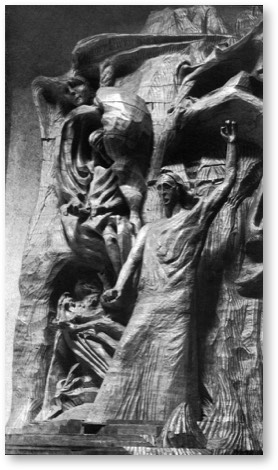
Part 6:
Evolution of the Earth and Humanity
-
View Contents of Part Six
- SC35 Introduction to Steiner’s Evolutionary Picture [13:32]
SC36 Perfection and Change; Saturn and Sun Evolution [23:22]
SC37 Light and Darkness [12:49]
SC38 Moon Evolution; Angels and Dragons [15:24]
SC39 Earth Evolution; Hindrance and Evil [18:57]
SC40 Densification, Lucifer & Ahriman [18:42]
SC41 Lemuria and Atlantis [29:28]
SC42 Darwin, Haeckel, Ontogeny & Phylogeny [14:24]
SC43 The Cultural Epochs [23:23]
SC44 Ancient Initiation Rites [29:46]
SC45 The Mission of the Israelites [23:10]
SC46 The Christ Principle in Evolution, part 1 [29:13]
SC47 The Christ Principle in Evolution, part 2 [33:26]
-
Register for the Complete Course
- How it works: Upon registering, you will be sent a confirmation letter. The day before your 12-day course time begins, you will be sent a username and password and a link to the online course’s web page that contains links to all of the lectures. You may visit that page as often as you wish throughout your nine days online.
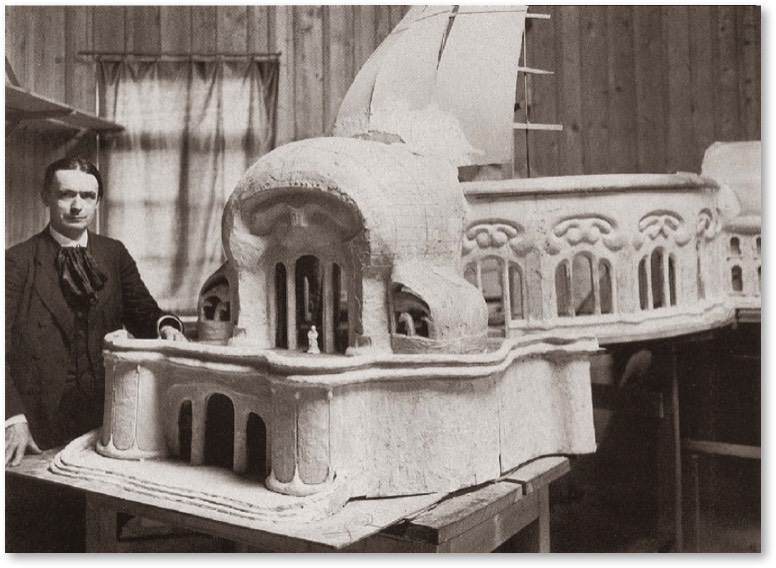
Part 7:
Rudolf Steiner in His Time
-
View Contents of Part Seven
- SC48 Biography or Hagiography? Telegraphy. First clairvoyant experiences. [14:19]
SC49 Geometry. The herb gatherer. Schörer, Goethe, & Otto Specht [17:59]
SC50 First publications. Weimar. Steiner meets his Master. [12:43]
SC51 The 1890s. Berlin and intellectual life. Zionism. Despair and revelation. [13:22]
SC52 Old & new clairvoyance. Thinking as a path. First marriage. [16:28]
SC53 First spiritual lectures. The Theosophical Society. Marie von Sievers. [22:15]
SC54 Luzifer-Gnosis. “Right & left wings” of esotericism. The Esoteric School. [21:22]
SC55 Growing activities in Europe. Experiencing a lecture by Steiner. [21:30]
SC56 Development of the arts. 2nd marriage. Theosophy & Anthroposophy. [20:51]
SC57 The First Goetheanum. WW I and an international artistic community. [20:19]
SC58 Threefold Social Order. Steiner & politics. The “daughter movements.” [23:35]
SC59 Fragmentation and chaos. Anthroposophy after the Great War. [11:31]
SC60 Burning of the Goetheanum. New impulses. Ita Wegman. Steiner’s death.[35:24]
-
Register for the Complete Course
- How it works: Upon registering, you will be sent a confirmation letter. The day before your 12-day course time begins, you will be sent a username and password and a link to the online course’s web page that contains links to all of the lectures. You may visit that page as often as you wish throughout your nine days online.
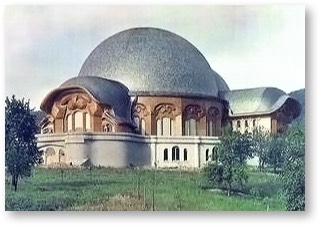
Part 8:
The Path of Inner Development
-
View Contents of Part Eight
- SC61 Did Steiner write in stone? Living in the moment. DIY: a modern path. [16:04]
SC62 A new path? Intensification of thinking. Being in the world. [18:22]
SC63 A book is the teacher. Contemplative exercises, often misunderstood. [21:11]
SC64 “Thought” exercises. The “looking back” exercise and its ramifications. [27:21]
SC65 Do these exercises really “work”? The centrality of the etheric world. [26:41]
-
Register for the Complete Course
- How it works: Upon registering, you will be sent a confirmation letter. The day before your 12-day course time begins, you will be sent a username and password and a link to the online course’s web page that contains links to all of the lectures. You may visit that page as often as you wish throughout your nine days online.
Part 9:
The Future of Anthroposophy
-
View Contents of Part Nine
- SC69 A half century of struggle. The future of Steiner’s books. St. Peter. [44:55]
SC70 Fahrenheit 451. The fate of esoteric teachings. The Disciples & St. Paul. [17:09]
-
Register for the Complete Course
- How it works: Upon registering, you will be sent a confirmation letter. The day before your 12-day course time begins, you will be sent a username and password and a link to the online course’s web page that contains links to all of the lectures. You may visit that page as often as you wish throughout your nine days online.
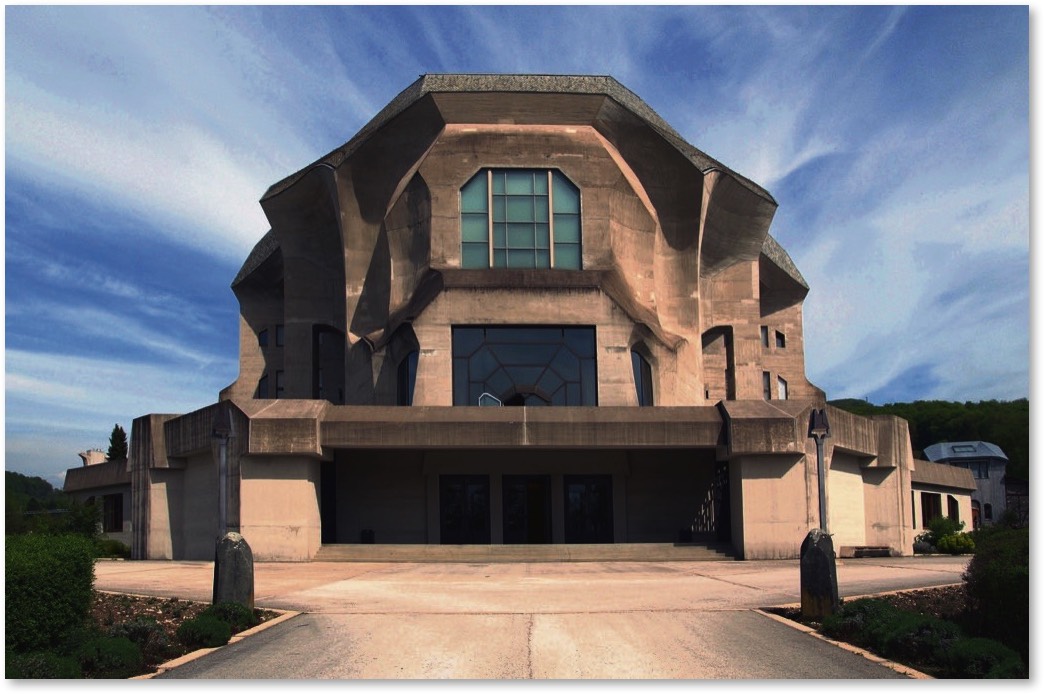
Part 10:
Waldorf Education and Anthroposophy
-
View Contents of Part Ten
- SC66 Waldorf & its stereotypes. Steiner’s choice of faculty members. [16:23]
SC67 The Waldorf curriculum & Steiner’s teachings. Cultural conservatism. [15:19]
SC68 Child development and Anthroposophy. Dogma or courage? [12:09]
-
Register for the Complete Course
- How it works: Upon registering, you will be sent a confirmation letter. The day before your 12-day course time begins, you will be sent a username and password and a link to the online course’s web page that contains links to all of the lectures. You may visit that page as often as you wish throughout your nine days online.
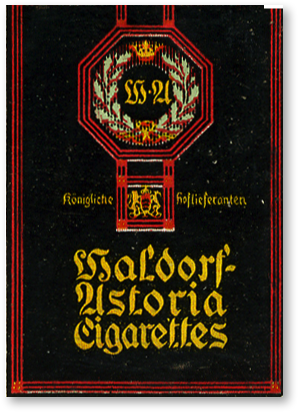
Part 11:
Toxins and Teleology
-
View Contents of Part Eleven
- SC71 Tobacco, its history and destiny. [17:00]
SC72 The Great War; nicotine as a weapon. Emil Molt and the Waldorf-Astoria Cigarette Factory. [13:41]
SC73 Tobacco and alcohol. [15:00]
SC74 Steiner’s “Agriculture Course,” and post-War problems in the vineyards. [22:20]
SC75 Waldorf education, BD agriculture, and California's vineyards. [20:30] -
Register for the Complete Course
- How it works: Upon registering, you will be sent a confirmation letter. The day before your 12-day course time begins, you will be sent a username and password and a link to the online course’s web page that contains links to all of the lectures. You may visit that page as often as you wish throughout your nine days online.
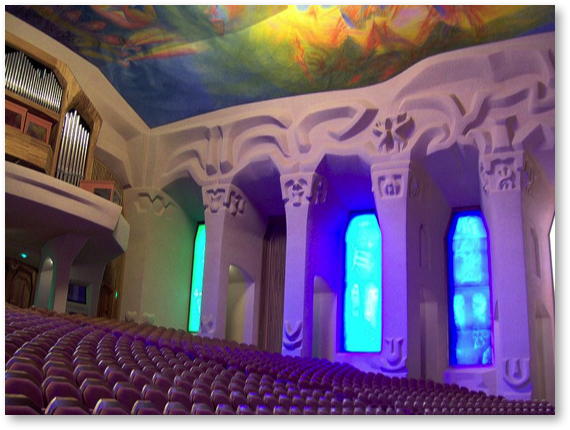
Part 12:
Diagrams and Videos
-
View Contents of Part Twelve
- 1. A “dynamic diagram” concerning the Nature of the Human Being.
2. A “dynamic diagram” concerning The Spiritual Hierarchies.
3. A “dynamic diagram” concerning Life After Death.
4. A video about the colored glass windows of the Goetheanum and their connection to the path of inner development.
5. A video of a Rudolf Steiner Timeline with commentary by Eugene Schwartz.-
Register for the Complete Course
- How it works: Upon registering, you will be sent a confirmation letter. The day before your 12-day course time begins, you will be sent a username and password and a link to the online course’s web page that contains links to all of the lectures. You may visit that page as often as you wish throughout your nine days online.
-
-
Register for the Complete Course
- How it works: Upon registering, you will be sent a confirmation letter. The day before your 12-day course time begins, you will be sent a username and password and a link to the online course’s web page that contains links to all of the lectures. You may visit that page as often as you wish throughout your nine days online.
